Stay Passport – Sindang Ryokan (스테이 패스포트 신당 료칸)
13.0Km 2025-05-07
33, Nangye-ro 11-gil, Jung-gu, Seoul
Jalppajin Memil - Seochon Branch (잘빠진메밀 서촌)
13.0Km 2021-03-18
41-1, Jahamun-ro, Jongno-gu, Seoul, Korea
+82-70-4142-1214
This is a Korean cuisine located in Jongno-gu, Seoul. A restaurant that uses noodles made with 100% buckwheat directly by the chef. The best menu at this restaurant is dumpling hot pot.
La Maison de la Famille Yoo (유즈패밀리)
13.0Km 2022-09-21
19, Yulgok-ro 10-gil, Jongno-gu, Seoul-si
+82-2-3673-0323
La maison de la famille Yoo se situe dans le village Hanok de Bukchon, un village vieux de 600 ans qui se trouve entre les palais Gyeongbokgung, Changdeokgung et le sanctuaire Jongmyo. C'est un quartier historique où l'on trouve de nombreuses maisons traditionnelles appelées Hanok.
La maison traditionnelle Hanok de la famille Yoo offre des programmes de découverte de la culture coréenne aux visiteurs. Les réservations sont limitées aux groupes de 2 personnes ou plus. Les cours peuvent être donnés en anglais ou japonais.
After Work 33 (에프터워크33)
13.0Km 2021-03-19
21, Yulgok-ro 10-gil, Jongno-gu, Seoul
+82-70-4403-0033
Well-known for its charming garden and stylish interior design. The best menu at this restaurant is risotto. This is a Western cuisine located in Jongno, Seoul.
Onion Anguk (어니언 안국)
13.0Km 2024-04-09
5 Gyedong-gil, Jongno-gu, Seoul
Onion désigne un café situé dans un hanok datant des années 1920. Le bâtiment a été rénové afin de préserver l'aspect du daecheongmaru et de l'espace madang (espace de la cour) permettant ainsi de profiter des charmes de l'architecture traditionnelle en Corée. Le menu signature est le menu 'vanilla bean latte' ainsi que divers desserts le pain au beurre salé et le gâteau pandoro. L'établissement présente également l'avantage de se situer à proximité de sites touristiques réputés comme le palais Gyeongbokgung, le palais Changgyeonggung ainsi que le palais Changdeokgung.
Concert 2016 Banjjak Gung au palais (반짝 궁(宮) 콘서트 2016)
13.0Km 2016-09-10
Séoul, Jongno-gu, Samcheong-ro 37
Equipe stratégie marketing de l'Office du tourisme coréen +82-33-738-3224
Le concert 2016 Banjjak Gung au palais aura lieu de mai à octobre. Cet événement permet de profiter de spectacles artistiques traditionnels, de la musique coréenne créative etc, interprétés par de jeunes artisites dans les palais royaux.
Le Ministère de la Culture, des Sports et du Tourisme, la Comité de la jeunesse et l'Office du tourisme coréen organisent en coopération cet événement afin de favoriser le développement et l'épanouissement des jeunes artistes traditionnels et de présenter les charmes du tourisme culturel en Corée.
Namhae Gulgukbap (남해굴국밥)
13.0Km 2021-03-18
11, Jong-ro, 46-gil, Jongno-gu, Seoul
+82-2-764-4858
A restaurant that uses only fresh oysters delivered from Tongyeong every day. The representative menu is oyster and rice soup. This Korean cuisine is located near Dongdaemun Station, Seoul.
Hanok Guesthouse Dongchonchae [Korea Quality] / 한옥 게스트하우스 동촌재 [한국관광 품질인증/Korea Quality]
13.0Km 2021-03-26
21-10, Jahamun-ro 11-gil, Jongno-gu, Seoul
Built in 1939, Dongchonchae was designated as Seoul Well Hanok by the Seoul Metropolitan City in 2016. In 2020, this hanok (traditional Korean house) received the Certificate of KOREA QUALITY from the Korea Tourism Organization in the Heritage Hanok field in recognition of its historicity and quality of services. Dongchonjae is located in the western side of Gyeongbokgung Palace, at Seochon. When one passes through its main gate, one sees the yard, with anchae (women's quarters), sarangchae (men's quarters), and byeolchae (detached quarters) surrounding the plot. Anchae has four rooms, daecheong (wood-floored main hall), a kitchen, and a restroom. One of the rooms is used for tea ceremonies as well. Outside of the sarangchae and byeolchae, which are the living spaces for the owners, visitors have free access to the numaru (raised open floor) and the yard. The anchae’s rooms “Bom” and “Yeoreum” can accommodate 2 to 3 adults each, while the rooms “Gaeul” (Tea Room) and “Gyeoul” are optimal for two. The building is rented out as a whole, so no more than one group may stay in the building at any given time. Standard occupancy is four persons, and eight is the maximum number. There are two restrooms, one within the anchae building, one out in the backyard.
Cooking is not allowed in the kitchen, but guests are free to bring in outside food. Experience programs on offer include nighttime exploration of Seoul City Wall, tea ceremony, folk songs, and rice cake making. Additional payment is only required for rice cake making. Guests may choose between two types of complimentary breakfast: Korean, which comes with rice, soup, and three side dishes; and Western, which comes with bread, salad, and coffee. There are a 100-in screen and mini projector for film watching in the yard or daecheong. Towels, toiletries, hair dryer, bottled water, traditional tea, and capsule coffee are included. The kitchen is equipped with kitchen utensils, a microwave, and a coffee pot, enough for instant foods. Guests also have access to refrigerator and washing machine
Village Seochon (서촌마을)
13.0Km 2021-07-14
45, Pirundae-ro, Jongno-gu, Seoul
Le village Seochon se situe à l'est du palais Gyeongbokgung. Il s'agit d'un lieu composé à la fois de maisons traditionnels hanok, de petites ruelles paisibles, mais aussi de nouveaux magasins qui forment une très belle harmonie dans le village. En parcourant les nombreuses petites ruelles des lieux, vous pourrez aussi apprécier plusieurs peintures murales très colorèes. Ce village se distingue donc par son côté à la fois pittoresque mais aussi raffiné.
NUHADANG [Korea Quality] / 누하당 [한국관광 품질인증]
13.0Km 2020-09-10
49-7, Pirundae-ro, Jongno-gu, Seoul
010-9692-1330
Guesthouse Nuha is a ‘hanok’ or traditional Korean house consisting of four guestrooms located in Nuha-dong, Seochon (west of Gyeongbokgung Palace, Jongno, Seoul) where many Confucian scholars and artists lived during the Joseon Dynasty.
Exuding a refined atmosphere, Guesthouse Nuha is very popular among not only domestic visitors but also foreign tourists who want to experience the flavor of Korea in a cozy hanok. All four guestrooms (An-bang, Sarang-bang, Geul-bang, and Byeol-dang) are covered with eco-friendly hanji (traditional Korean paper handmade from mulberry tree) wallpaper, and are equipped with a thick cotton-wool comforter and pillows imbued with the scent of Hinoki cypress tree to help guests relieve their fatigue.
Breakfast is served free of charge. Guests can also experience traditional Korean culture here, such as playing a Korean musical instrument (janggu or double-headed drum), playing a game of yut in the yard, or wearing hanbok (traditional Korean clothes). Although a local bus service passes through the village, it is highly recommended to take a quiet leisurely around the area.
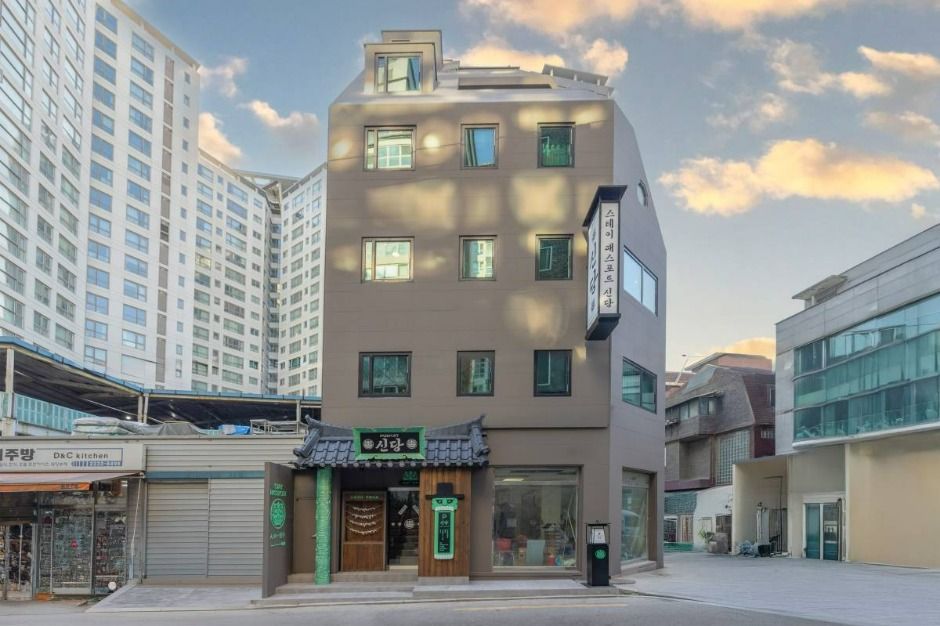
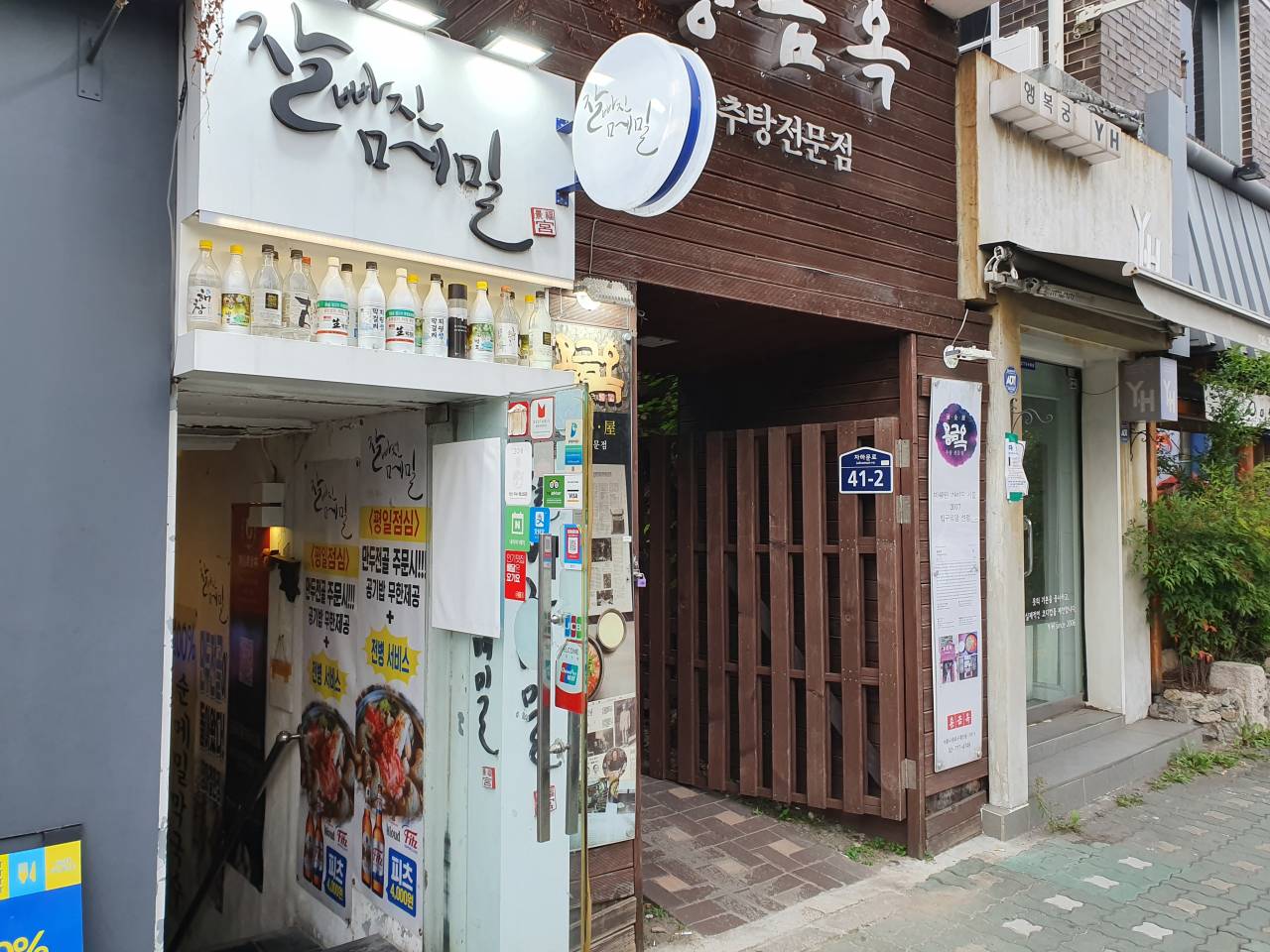
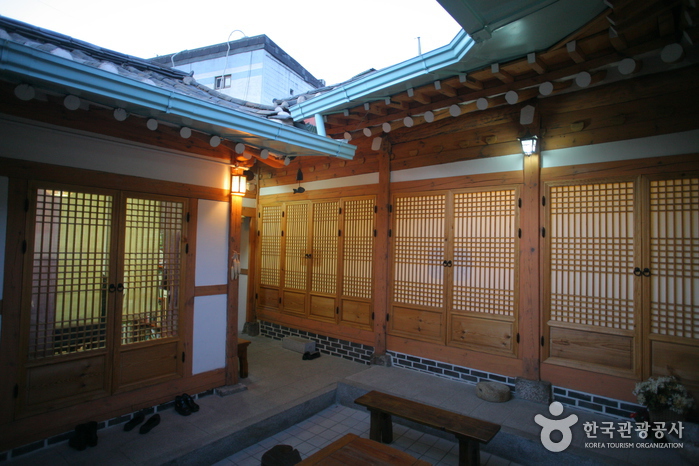
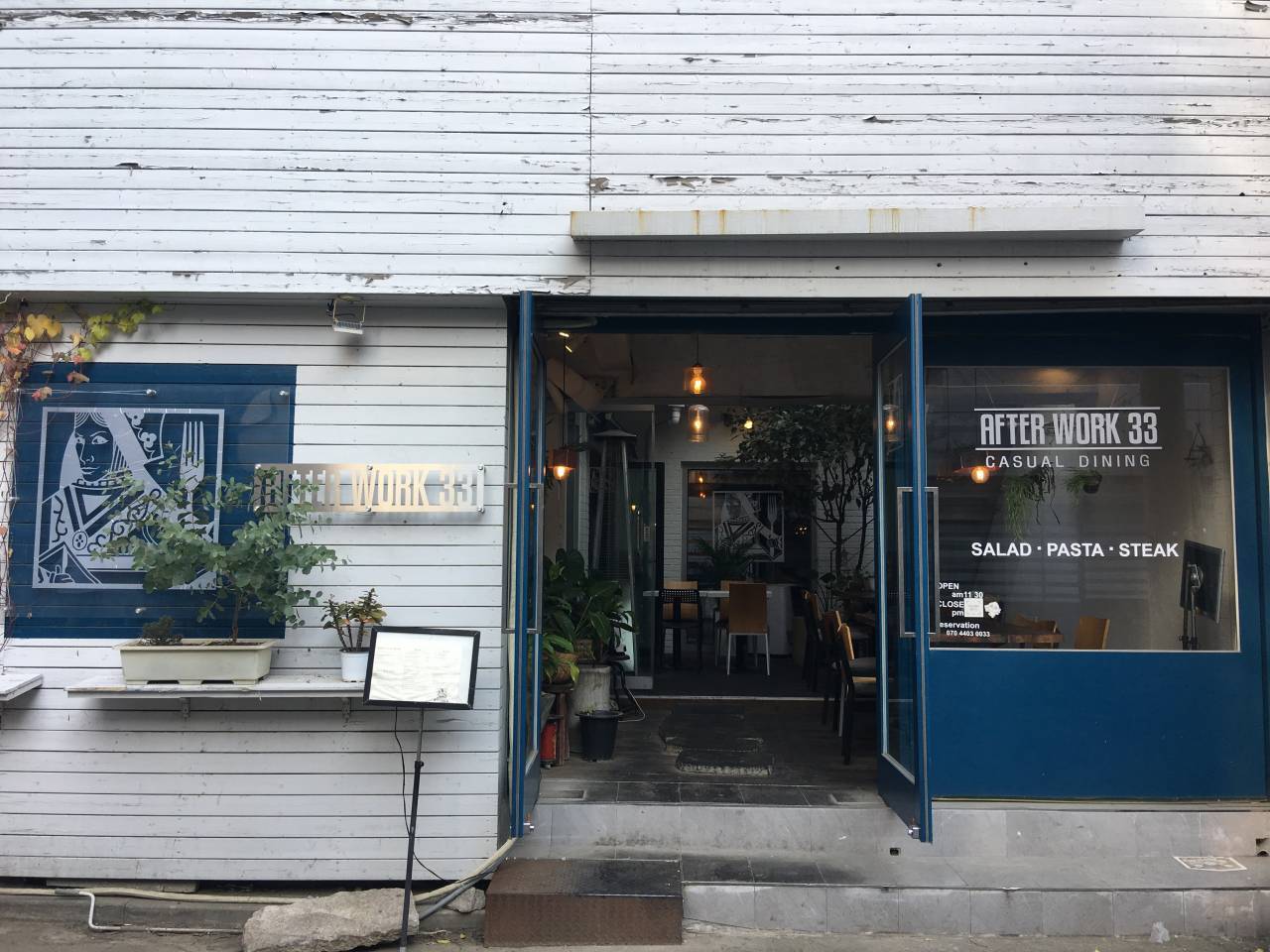
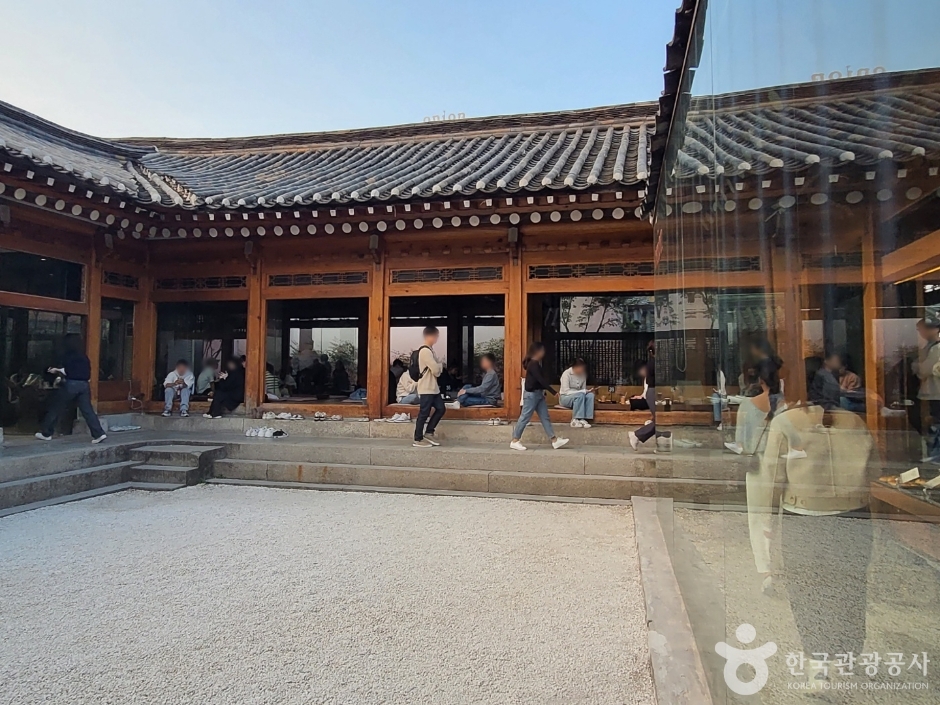
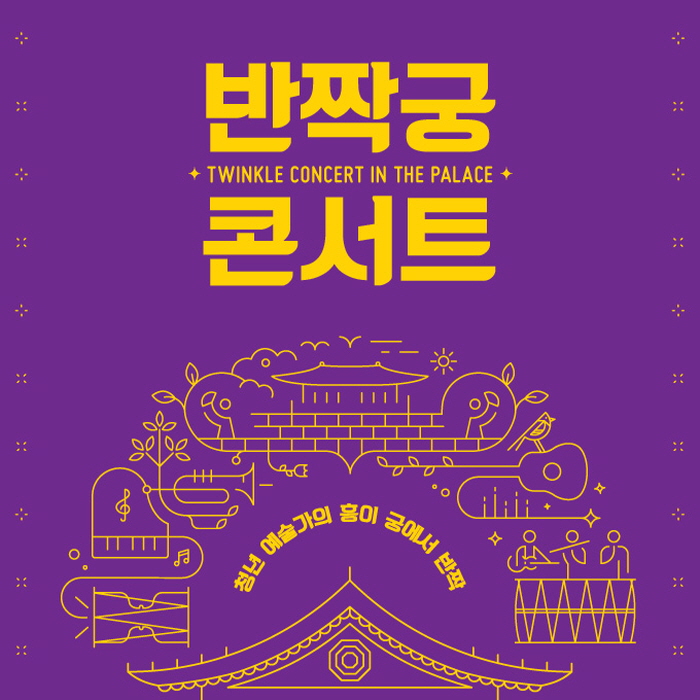
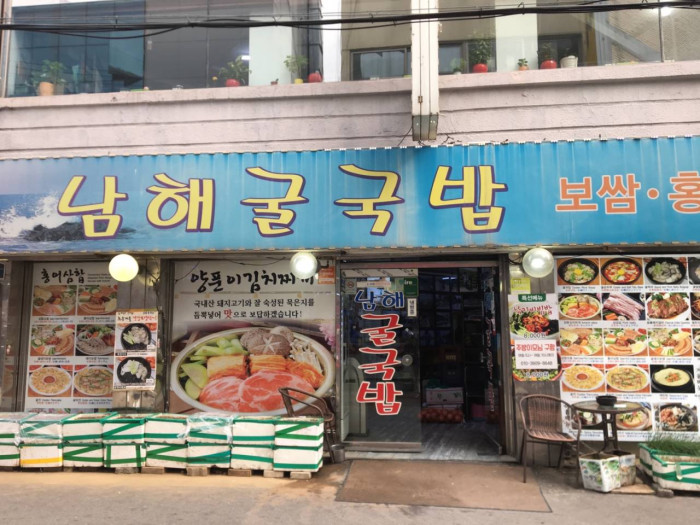
![Hanok Guesthouse Dongchonchae [Korea Quality] / 한옥 게스트하우스 동촌재 [한국관광 품질인증/Korea Quality]](http://tong.visitkorea.or.kr/cms/resource/96/2705896_image2_1.jpg)
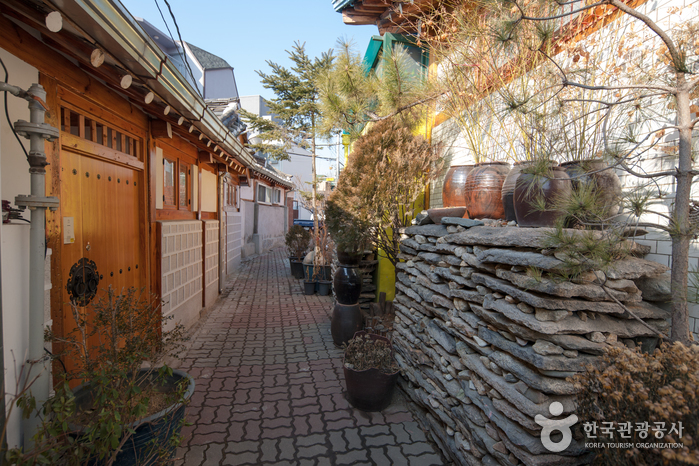
![NUHADANG [Korea Quality] / 누하당 [한국관광 품질인증]](http://tong.visitkorea.or.kr/cms/resource/58/2532358_image2_1.jpg)
 Français
Français
 한국어
한국어 English
English 日本語
日本語 中文(简体)
中文(简体) Deutsch
Deutsch Español
Español Русский
Русский